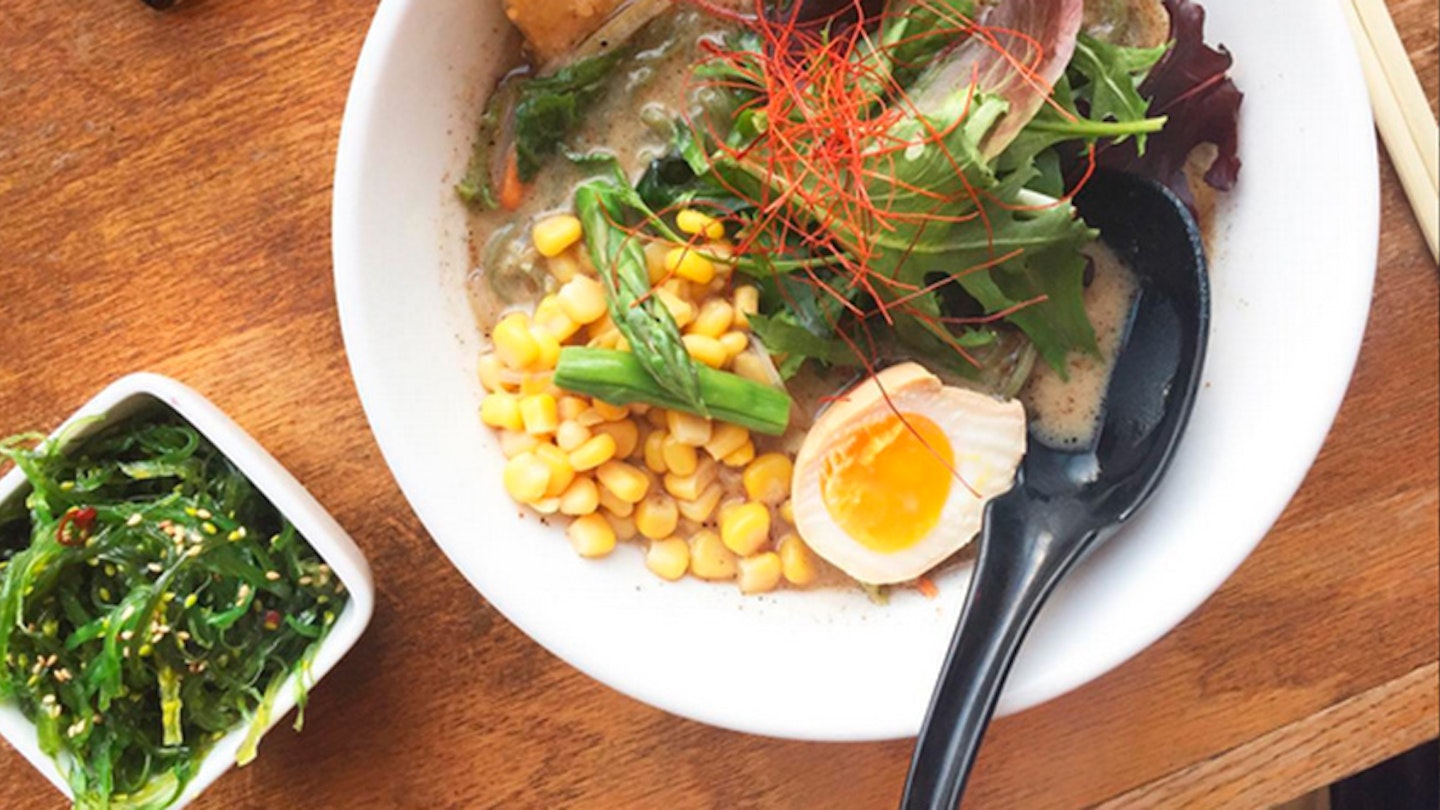We’ve become accustomed to seaweed encasing our lunchtime sushi and possibly appearing in our miso soup, but suddenly this ingredient is starting to pop up all over the place, even in the most unexpected places (we’re talking your favourite chocolate bar).
Endorsed by top chefs such as Jamie Oliver and Yotam Ottolenghi, seaweed is no longer one for the hard core sushi devotees, but instead has begun making an appearance in snack foods, pasta substitutes and more importantly, has even been hailed as a hangover cure.
So what is seaweed?
This is probably less a question of what is seaweed, but more how has it made it’s way into mainstream supermarkets and onto our plates.
Seaweed has been around since prehistoric times, so it’s hardly the new kid on the block, but it used to be most commonly found in Japanese and Chinese cooking before it made it’s way into our everyday dishes.
You’ll be most accustomed to Nori seaweed, the type that wraps sushi, but there are actually over 10,000 species of seaweed so a lot of options to play with.
What are the benefits of Seaweed?
Seaweed has played a large role in Chinese medicine, and is believed to be a potent source of not only vitamins but also hard to find trace minerals. As with most tales, there is usually some truth at the source; seaweed is full of a range of nutrients including vitamin E , which can help improve skin, hair and nails, as well as vitamins A and C, which can help to improve the immune system. It also has a high level of antioxidants that can help reduce inflammatory ailments such as arthritis.
Commonly used in spas to help detoxify your skin, seaweed does exactly the same to our interior as it does to our exterior. Eating it helps flush out toxins, such as lead, which we can unknowingly inhale through cigarette smoke and environmental fumes.
Should I start eating seaweed?
Despite all the great vitamins and nutrients mentioned above, the average portion sizes of seaweed are relatively small which means that you aren’t getting the benefits in big enough quantities to make this food source the ‘go to’ for essential nutrients. That said, it still packs a punch for it’s size and when eaten with other nutrient dense foods it’s a great addition to the diet!
Some of the most readily available varieties are dulse, nori, kelp, kombo and wakame, you can often buy these from health food stores or larger supermarkets. Try adding it to stir frys, soups, stews, salads or as a pasta replacement. You can even add it to grains and beans when cooking to make them easier to digest.
Verdict
This little algae contains a potent mix of beneficial vitamins and minerals and is a great one to start adding into your meals – this ones a fact.
Cover photo: @inspiredspoons
READ MORE: The 9to5 Foodie's Guide To Health And Wellness: Entomophagy AKA Edible Insects
[READ MORE: The 9to5 Foodie's Guide To Health And Wellness: Matcha Green Tea
](https://graziadaily.co.uk/diet-body/health-fitness/matcha-green-tea-benefits-weight-loss/)
